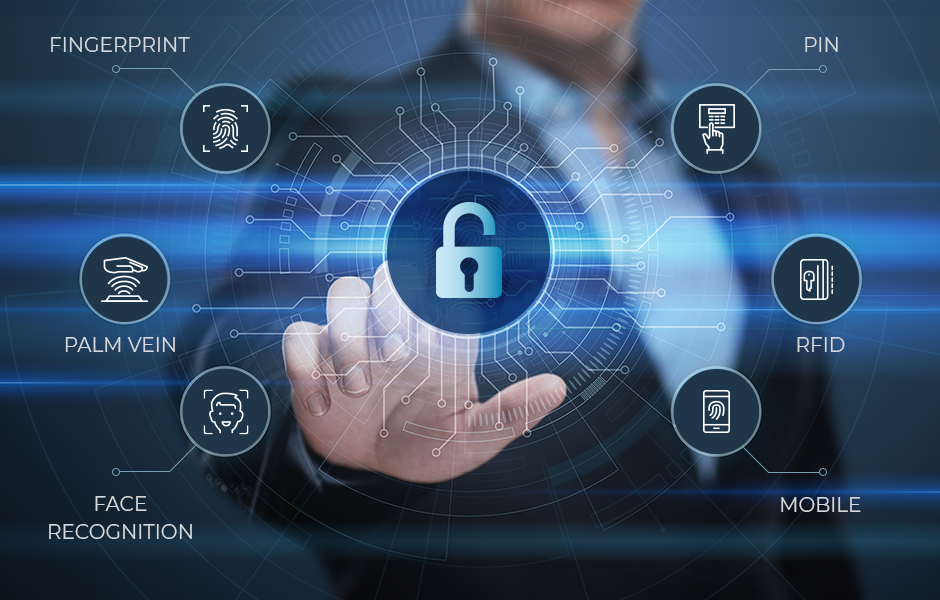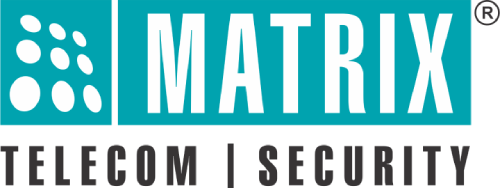
Advanced security and authorization are key to ensure the security of any property, resource or data. When applied in the case of physical security it also makes way for additional functions like attendance management, visitor management, etc. Types of physical access control can be categorized based on the policies and procedures that are implemented by facility managers as well as the technology used to enable these policies and procedures. The very basic access control that was used in offices earlier and is still used in some scenarios is manual where a person is employed to allow or deny access based on certain criteria like verification of a badge, identity card, etc. While manual access control may still be the best for kindergartens and restaurants, in this article we will explore the various advanced security technologies that can be used to secure factories, offices, warehouses, hospitals, etc.
Modern access control technology requires minimum human intervention on a day to day basis. Enterprise security systems today usually include intelligent hardware components, backend software system and the use of the latest communication protocols. We will now examine the various hardware and communication options available for implementing advanced security layers.
Intelligent Hardware
The following are the hardware components that can be used to smartly lock premises and deny access to intruders and unauthorized persons.
1. Electronic locks form the basic components of access control systems. They can operate on electric current and may be operated manually or connected with different types of authentication mechanisms like password entry or smart cards to provide fine access control and transaction logging.
2. The keypad is the most simple form of verification hardware and used when access control is implemented using passwords or PIN. These are usually used when there are a limited number of users with authorized access. They can also be used for multi-level authentication in combination with some other mechanism.
3. Card readers to read different types of cards like smart cards, proximity cards, and magnetic stripe cards can be used to read access cards provided to authorized persons. They use one of the different communication technologies discussed in the next section to read data from the cards.
4. Biometric reader’s authentication relies on a body part to authenticate a user. Biometric readers are capable of reading fingerprints, retina scans or facial features and match them with the patterns stored in the system for all users. Since these are unique features that cannot be copied, biometric access control systems can ensure higher security and provide reliable data for attendance management. They can be used with smart cards to provide faster and secure access.
Communication Technology
We will now discuss the different ways in which various components of a modern access control system can communicate with each other
1. RFID: Radio Frequency Identification (RFID) uses electromagnetic radio waves for communication between the card and the reader. RFID smart cards store information on an embedded chip. When the card is brought near the reader, the chip in the card is powered on due to the electromagnetic field of the reader. Wireless communication is then established between the card and the reader which enables the transfer of data required for authentication.
2. NFC: Near Field Communication (NFC) is similar to RFID and allows the card and the reader to communicate with each other because of the electromagnetic induction field that is created between them when they are brought near to each other.
3. IoT: On Internet of Technology (IoT) systems, every device in the system is connected to others via the internet or the IP network. When applied in access control, every hardware component like locks, card readers, etc have a different IP address assigned to them and they can communicate with each other using the Internet Protocol. IoT is already commonly seen in home automation systems including the security of residences.
Conclusion
While there are many other types of hardware and communication protocols that can be used like turnstiles and wired communication, here we have discussed only the most modern solutions available in the industry today. These different technologies can be combined with reliable and robust software to offer complete security and personnel management solutions for your organization that provide complete monitoring and control over who, where and when factors of access.

